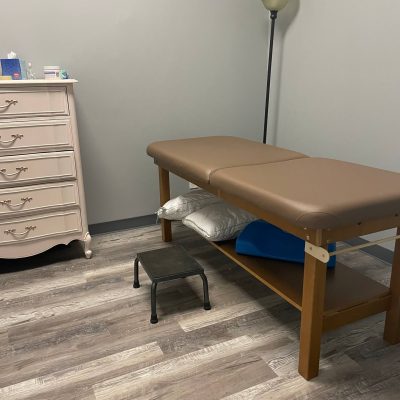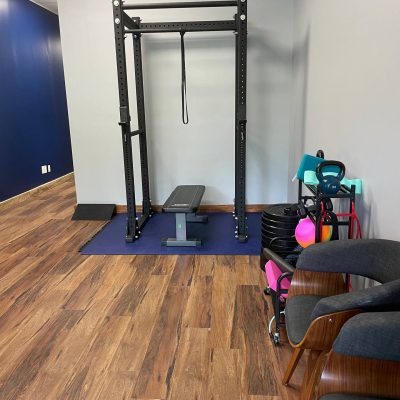As a pelvic floor and lymphedema therapist, I often see patients who have completed breast cancer treatment and are experiencing unexpected pelvic floor dysfunction. While much attention is given to the physical and emotional challenges of cancer recovery, many women are unaware that their pelvic health may also be affected.
Breast cancer treatments—such as chemotherapy, radiation, hormone therapy, and surgery—can impact the body in ways that contribute to pelvic floor dysfunction, urinary issues, and sexual health concerns. Recognizing these symptoms early can help survivors seek appropriate care and improve their quality of life.
How Breast Cancer Treatment Affects the Pelvic Floor
- Hormonal Changes & Vaginal Dryness
Many breast cancer treatments, particularly hormone-blocking therapies (such as tamoxifen or aromatase inhibitors), reduce estrogen levels. This can lead to vaginal dryness, thinning tissues (vaginal atrophy), and pain with intercourse. The pelvic floor muscles may also become less elastic, contributing to discomfort and dysfunction. - Pelvic Pain & Muscle Tension
Cancer-related stress, changes in posture after mastectomy or reconstructive surgery, and scar tissue formation can all contribute to increased muscle tension in the pelvic floor. Some women experience pelvic pain, painful urination, or discomfort with sitting due to these muscular imbalances. - Bladder & Bowel Dysfunction
Chemotherapy and radiation can affect the nerves controlling bladder and bowel function, leading to symptoms such as:- Urinary urgency and frequency
- Stress or urge incontinence (leaking urine with movement or sudden urges)
- Constipation or difficulty emptying the bowels
These issues often go undiscussed, but they can be significantly improved with pelvic floor therapy.
- Lymphedema in the Trunk & Pelvic Region
While lymphedema is commonly associated with arm swelling after lymph node removal, it can also develop in the chest, abdomen, and even the genitals. If lymphatic drainage is compromised, fluid buildup can lead to discomfort, heaviness, and swelling in the lower abdomen, pelvis, or thighs. - Core Weakness & Postural Changes
Breast cancer surgeries (mastectomy, lumpectomy, or reconstructive procedures) can alter posture and core stability, indirectly affecting the pelvic floor. Scar tissue and protective postural habits may lead to core muscle imbalances, which can result in low back pain, hip discomfort, or reduced pelvic support.
How Pelvic Floor & Lymphedema Therapy Can Help
The good news is that specialized therapy can significantly improve these symptoms. A pelvic floor and lymphedema therapist can help by:
- Teaching gentle pelvic floor exercises to restore function without increasing pain.
- Using manual therapy techniques to release scar tissue and reduce pelvic tension.
- Providing lymphatic drainage therapy to improve circulation and decrease swelling.
- Addressing postural and core stability concerns to support long-term recovery.
- Offering strategies for bladder and bowel health, including dietary and behavioral modifications.
You Don’t Have to Suffer in Silence
If you’re a breast cancer survivor experiencing pelvic pain, urinary leakage, vaginal dryness, or unexplained swelling, you’re not alone. These symptoms are common, but they are treatable. Seeking care from a pelvic floor and lymphedema therapist can help restore comfort, confidence, and overall well-being.
Have questions or want to learn more? Reach out for a consultation—we’re here to support you on your healing journey.







